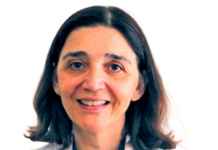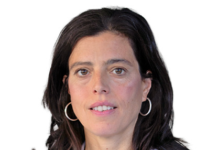Manel Fontanet Sacristán
Medicine Access Coordinator. Rational Use of Medicines Division. Medicines Department. Catalan Health Service. Government of Catalonia
From your experience at CatSalut, how would you describe the evolution of payment by results models applied to orphan drugs in recent years? What differences do you observe with respect to other European countries?
MF: At CatSalut, the application of managed access models has always been a clear line of work, not only in the field of orphan drugs. In fact, we have published a guide with recommendations and areas of application. Therefore, in general terms, it is already a priority area for development within the framework of incorporating innovation in the Catalan health system.
In the particular case of orphan drugs, two relevant circumstances converge. On the one hand, due to the idiosyncrasy of rare diseases and their low prevalence, the evidence generated often does not reach the ideal level that we would like to have. This, of course, can be improved, but it can hardly match the evidence we obtain under more frequent conditions.
On the other hand, the small size of the market means that the cost of these drugs is, in general, very high. These two circumstances, therapeutic uncertainty and financial uncertainty, make orphan drugs particularly suitable for the application of management measures in their incorporation into health systems, such as payment-by-results models.
From our perspective, we are pleased to note that in recent years there has been a progressive increase in the number of medicines financed through these access models, which makes it possible to better align the price of drugs with their therapeutic value and, at the same time, to better manage the economic resources allocated to them.
It is important to bear in mind that, since the adoption of the European regulation in 2000, the number of authorised orphan drugs has exceeded 250. We are pleased to see how these access tools have been progressively implemented and have facilitated the incorporation of innovation in health systems.
With regard to comparison with other environments, especially in Europe, there are differences. There is no single reference model in Europe. This is partly due to the confidentiality of funding processes in each Member State, which limits access to comparative information. But it is also true that there are divergent positions: while some countries, such as Italy, have historically favored payment-by-results models, others have adopted strategies that place less emphasis on this approach.
These methodologies favour the rapid, effective and sustainable incorporation of medicines into health systems
In our view, the key issue is to identify the uncertainties (both therapeutic and financial) and to try to address them through models that allow them to be managed. We must also take
into account a key aspect that explains many of the differences in the application of these models in Europe: transaction costs. These models require a significant implementation effort, with a consider- able workload, and this partly explains the differences in their deployment and diffusion in different countries.
Outcome-based agreements seek to link the price of therapies to their actual clinical effectiveness. From your perspective, what are the main opportunities and challenges posed by their application in the field of rare diseases?
MF: The main opportunity, in my view, is that these models enable the cost of a therapy or intervention (such as a drug) to be directly linked to the price paid by the health system. This represents a direct tool for managing uncertainty. The more certainty a system has about the decision it needs to make, the more quickly and comfortably it can make that decision.
These are therefore methodologies that favour the rapid, effective and sustainable incorporation of medicines into health systems. In that sense, I think they is a great opportunity.
Moreover, these models generate some positive externalities that, although they are not the main reason for their implementation, they do contribute to building a health system oriented towards the continuous collection of health outcomes through- out the life cycle of the medicine. In other words, beyond the direct benefits of the model itself, there are additional effects that help to consolidate a system focused on measuring outcomes, whether drug treatments or other interventions.
However, the challenges involved are also significant. We are talking about an environment of uncer- tainty, with limited knowledge compared to what happens in more prevalent diseases. Therefore, defining a payment-by-results scheme is not always straight- forward. It is necessary to establish variables that clearly delimit what is considered a «response» to treatment, to do so in a clinically meaningful way, and also to define reasonable time horizons for both parties: both for the funder and for the pharmaceutical company. And this, I insist, is not easy.
On the other hand, information systems, while functional in many cases, often exhibit limitations or areas for improvement in the collection of real-world data. These challenges stem less from technical deficiencies and more from the substantial effort demanded of the professionals tasked with managing and populating these systems
These systems must collect the health outcomes that then allow the assessment of compliance with payment-by-results agreements. And all this work entails significant transaction costs, both for healthcare professionals and for the administration and the pharmaceutical companies themselves.
In our environment, we view these models favourably, but we also recognise their challenges: from agreeing on a clinically valid and measurable response criterion in the appropriate time frame, to having sufficiently sensitive information systems to capture the results. All this, without forgetting the operational burden for all actors involved in the implementation of these schemes.
Internationally, there is growing interest in integrating real-world data into these funding models. What role do you think real- world evidence should play in making these arrangements more effective and reliable?
MF: Real-world data is undoubtedly one of the priority areas to develop, especially in those contexts where, due to the rarity of diseases, it is not always possible to generate evidence under the ideal standard of knowledge, such as clinical trials.
Real-world data is undoubtedly one of the priority areas to develop, especially in those contexts where data are scarce
I would distinguish two levels of application. Firstly, at the ex ante level, i.e. at the moment when the funding of a medicine is being assessed. At that point, I think it is essential to take into account all available evidence, including real world evidence. However, it is also important to weigh the weight and strength of that evidence against other sources which, from a methodological point of view, may be more robust, such as clinical trials themselves.
Therefore, I agree that real-life evidence should be considered during the initial decision-making process, especially in settings where data are scarce and any additional information can be useful to make more informed decisions. But I insist: they must be properly assessed, giving them a weight proportional to their quality and methodological strength, which is probably lower than that of the available clinical trials.
Secondly, at the ex post level, real-life data are also very relevant. One of the key orientations of the system should be the continuous review of previously made decisions. Therefore, having data generated after the drug has entered the system is essential for learning, generating new knowledge and adjusting the decisions taken, also with regard to funding conditions, not only to the clinical use of the drug.
This requires, again, that we are able to assess the quality of the evidence we are generating, or are able to build, with the current information systems. And this is where another fundamental challenge comes in: to have systems that are sufficiently prepared to produce real world evidence of quality.
We need that evidence to be robust enough to be of real use for decision-making. Ex post evaluation of the use of medicines should allow us to review, adapt and improve our funding decisions based on knowledge generated in real practice.
What international experiences or best practices would you highlight as reference models in the implementation of payment by results strategies for orphan drugs?
In terms of international strategies, although they do not strictly refer to the payment by results model, I do believe that there are prior stages that are necessary before applying any access measure. The first is to assess the therapeutic value of a medicine, i.e. to understand what its real clinical contribution is. From there, we can start to build the most appropriate financing system.
In this respect, I believe that a very useful step for- ward will be the new European Regulation on Health Technology Assessment (HTA), which proposes a single joint clinical assessment at European level. This assessment will be more agile, agreed between the different countries and, therefore, can become a first key element in the construction of access and funding, even in cross-border contexts.
As for other tools or international experiences that we value positively from the Catalan health system, perhaps there is no single reference model, but there are several interesting ideas. One of them is undoubtedly the link between the price of the medicine and its therapeutic value. The approach systematically applied by NICE (National Institute for Health and Care Excellence) in the United Kingdom, which introduces economic evaluation as a methodological basis for decision-making, seems to us to be very relevant. Through this analysis, a clear relationship is established between health outcomes and the costs associated with the intervention.
There are also other interesting European experiences reported in the literature. For example, Italy has widely applied payment by results schemes.
Another valuable experience, mentioned above, is that of the Netherlands. There, they work with the idea of adapting access conditions as new evidence is generated in real clinical practice.
This approach makes it possible to adjust decisions on the funding of a medicine according to the data that are obtained in its daily use. This willingness to continuously adapt based on real world evidence seems to us to be particularly useful and perfectly applicable in our context as well.
Digital technologies and integrated data systems are key tools for implementing and monitoring these models. Do you think that European healthcare systems are technologically prepared to support them? What barriers still exist?
MF: I think the area of information systems is one of the biggest challenges facing health systems today. Are they ready to implement managed access models, such as payment by results schemes? I guess the answer is yes, because they are being applied, they are being implemented and, in many cases, successfully. Therefore, the formal conclusion should be that they are indeed ready.
Including patients not just as observers, but as active participants, is a prerequisite for a fairer, more effective and responsive system
However, it is also true that these information systems need improvements: advances in automation, in automatic data capture, in interoperability… All of this to reduce the workload that currently falls on health system professionals when these schemes are implemented.
Payment by results models are already being used in our environment and in different European countries, but they entail a considerable operational effort. Therefore, transaction costs are relevant, and this poses a major barrier to scaling up these measures. We cannot apply these models to all medicines entering the system: there would simply not be the capacity, in terms of workload, to manage them all. So there is also a clear need for improvement of information systems, to reduce the effort required and facilitate the implementation of these models within the health system.
The challenges are basically the same as those faced by all health systems: the need to capture adequate data, to ensure interoperability between different environments… And this is precisely what most systems are working on today.
In addition, European regulations will also mark an important step forward. Initiatives such as the European Health Data Space and the general adaptation of information systems to these new requirements will be a key stimulus. All this will contribute to making these tools, which we are already applying, easier to implement, more scalable and extendable to a larger number of medicines.
And this secondary use of data will undoubtedly also help us to generate much more knowledge, thanks to the pooling and integration of information from different environments.
Collaboration between funders, industry, regulatory authorities and patient organisations is essential for the success of these innovative formulas. How could this collaboration be strengthened at the international level to ensure equitable access to orphan drugs?
MF: I believe there are a number of areas where international collaboration could be strengthened, many of which are already under development and are likely to be enhanced in the coming years.
One of them is the early dialogue between all the actors involved in the healthcare system. I think it is very interesting to generate early dialogues between regulators, funders, developers, patients and healthcare professionals. Spaces in which the expectations and needs of certain stakeholders can be anticipated, alongside the possibilities and constraints of others.
This type of dialogue has already begun to be facilitated at the European level, for example, by the EMA, through initiatives such as the EUnetHTA network, among others. There is a certain degree of development of these spaces for early conversation,and they will surely be reinforced with the entry into force of the new European Joint Clinical Assessment regulation, which will contribute to the regulatory harmonisation that we so desperately need.
Having a more harmonised, agile and predictable regulatory framework will undoubtedly facilitate the introduction of innovation in the system. This will allow us to better align the expectations of all takeholders and reduce uncertainties in key clinical and economic decisions.
Another element that could also be very valuable is the development of more open models of innovation and discussion, with effective participation of all stakeholders and with spaces that allow ideas and approaches to be gathered from different perspectives.
In fact, the European regulation itself envisages the possibility of establishing regulatory sandboxes in the field of orphan drugs. These regulatory tests can help us to be more agile and to find innovative responses to facilitate the incorporation of new treatments, especially in a field as complex and in need of solutions as rare diseases.
Looking ahead, what do you think should be the key priorities at European and global level to ensure that payment by results models really contribute to a more sustainable and patient-centred ecosystem in the field of rare diseases?
MF: I believe that there is no single measure, but rather a set of actions that should be leveraged in a complementary way, and that all of them together would contribute to improving access and strengthening the performance-based funding tools that medicines have within the system.
One of the building blocks is the evaluation of medicines. This should be the first step before any funding decision is taken. In this sense, it is key to deepen the current evaluation models, both in the framework of the European regulation and, in the case of Spain, in the context of the future Royal Decree on Health Technology Assessment (HTA). Ensuring continuity and robustness in this assessment model is essential, particularly in the case of orphan drugs
Another key aspect is to strengthen the current infra- structures of our information systems. This is essential to reduce the workload of professionals, facilitate data collection and better exploit the secondary use of the information generated. These data not only allow us to generate clinical or epidemiological knowledge; they are also essential to implement managed access models, such as payment by results schemes.
In addition, it is necessary to establish mechanisms for periodic review of the decisions taken. Knowledge is not static: it evolves as medicines are used and rela-world data are generated. Therefore, being able to observe results and adjust decisions on an ongoing basis is an essential part of the process.
And finally, regarding how to incorporate patient-centred innovation: the key is precisely to ask patients. Listen to their experience and integrate them into decision-making processes at all possible levels. Including patients not just as observers, but as active participants, is a prerequisite for moving towards a fairer, more effective and responsive system.






















